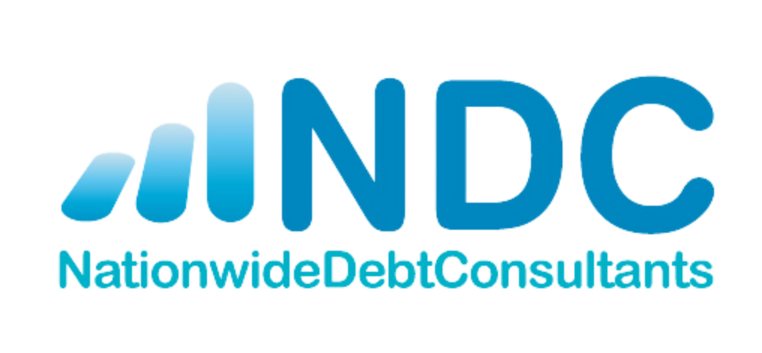Sequestration
Sequestration is only available in Scotland and is essentially the Scottish version of bankruptcy. The laws involved are very similar to the bankruptcy laws in England, Wales and Northern Ireland. In simple words, sequestration is a form of insolvency designed to be used only as a last resort and when an individual is genuinely unable to meet their unsecured debt obligations in any way, and is unlikely to ever be able to.
If your assets are worth more than your debts, or if all of your regular payments are up to date and you can afford to keep paying them, sequestration may not be the right solution for you.
While sequestration may be the best solution to deal with your debts it’s important to understand the benefits and risks associated with it.

Is a Sequestration right for me?
How it helps:
- You’ll usually be free of your unsecured debts after 12 months.
- It’s a chance to make a fresh start with your finances.
- Your unsecured lenders cannot contact you or chase you for payments.
Benefits of sequestration:
- You can be debt free in a short amount of time.
- All your unsecured debts are usually written off, though you may be required to make a contribution.
- You’ll receive no further contact from your creditors.
- Your creditors cannot chase you for the money you owe them.
- Most unsecured debts are included in sequestration.
Risks of sequestration:
- If you have any assets, like a house or car, these may be sold to release funds for your sequestration.
- It may have implications for your job – for instance, you will not be able to act as a company director.
- You may find it difficult to take out credit, as sequestration will be recorded on your credit file for six years.
Things to consider:
If you’re a homeowner, you may be asked to sell your home and use the funds raised to pay towards your debts.
Details of your Sequestration will be added to the Register of Insolvencies.
Your credit rating will be impacted for six years.
You may need to sell assets such as your car.
Some employers, such as financial institutions, don’t allow people who are bankrupt to work for them.
You will not be able to be a director of a limited company or remain in some public office appointments.
You may have to pay any surplus income you have, after your essential living costs are paid, into your bankruptcy for 3 years.
Furthermore, you may have difficulties applying for tenancies with private landlords.
Frequently asked questions
Will it affect my credit history?
Sequestration will have a serious impact on your credit rating for up to 6 years and will appear in the publicly available Register of Insolvencies.
Will my home be at risk?
If you’re a homeowner, you will be expected to release any equity in your property to help repay your debts.
Will it affect my job?
Sequestration could impact on certain types of jobs, for example, if you’re a company director.
How long does sequestration last?
Sequestration normally lasts for a year. During this time you can’t borrow any more credit without declaring you’re bankrupt, and you must let the Accountant in Bankruptcy (AiB) know if your situation changes.
You may have to sell valuable assets such as a vehicle, but you can keep the things you need for day-to-day living.
Your details will also be added to a public register, called the Register of Insolvencies (ROI), for a period of five years.
